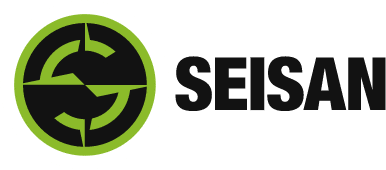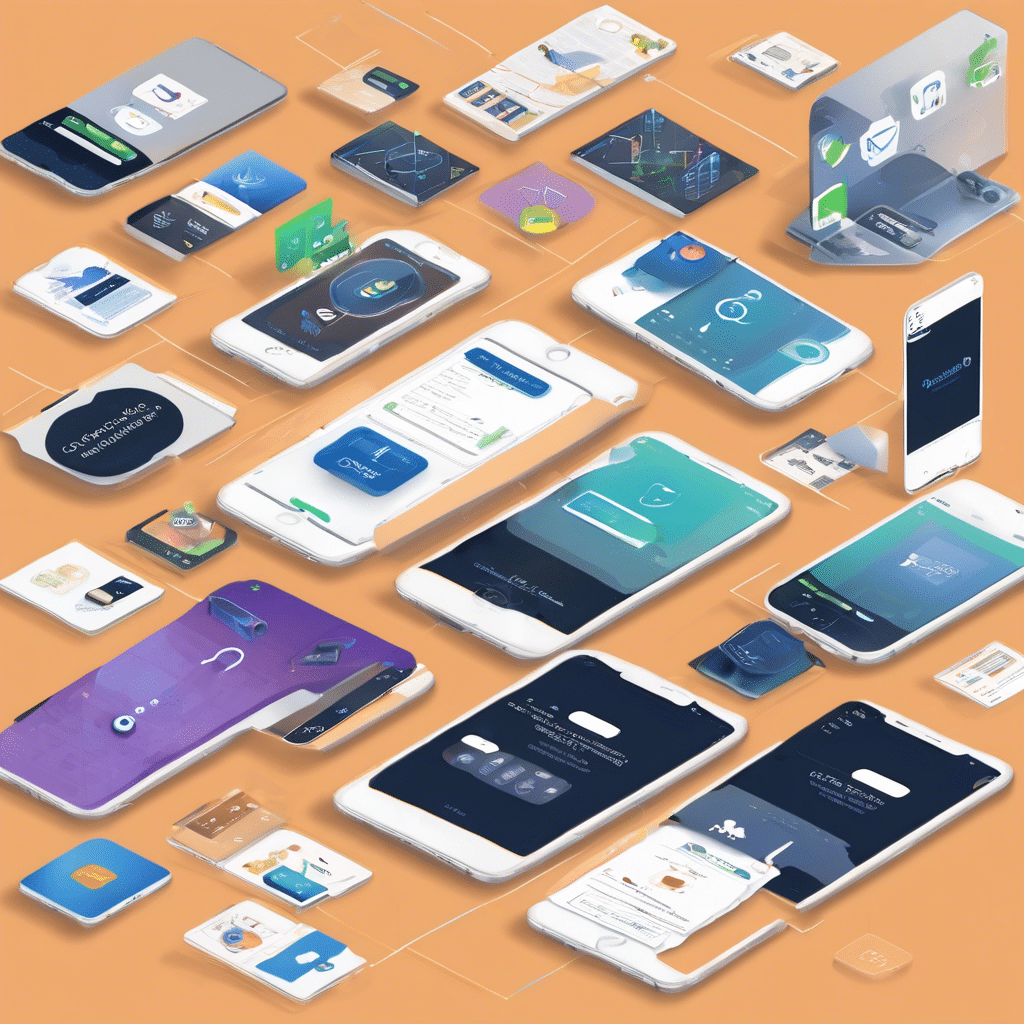Any workplace must use state-of-the-art technology to continue doing excellent work. However, such a modernization process in the workplace is more straightforward said than done. Perhaps the most challenging part of workplace modernization is migrating users and consumers alike from the older systems to the newer ones.
This covers many things, such as data synchronization, providing business coverage with fully serviceable functionality throughout the system, and even developing temporary systems to bridge gaps between older and newer methods.
To help keep things on a manageable level, a phased approach would be the best course of action. Legacy applications will synchronize with the new platform until switching to the new platform and microservices with a multi-phase plan.
In essence, legacy and updated systems can coexist during the process of modernization. The process covers many things, all of which will be discussed in this article. Read on below to learn more.
Initial Load
A multi-phase modernization strategy requires an initial load phase to ensure that all configuration and operational data needed for the new microservices to operate correctly are available on the new platform.
An overall state synchronization between the new and old systems is also essential to maintain data integrity and data-model dependencies between distinct functions.
The company will migrate all user information, reference data, required history, and transactional data from legacy systems to the new platform during the initial load phase.
State Synchronization Phase
The state synchronization phase replaces a complex system with cloud-native applications, which is why it’s very high-risk.
The migration of legacy systems to modern ones lessens the chance of total failure, which is a good thing. However, it’s also important to note that running two separate versions of an application simply means that an organization has to know where each feature is located.
In other words, users need to be notified of the new location every time a feature or service is migrated among systems.
Two Options in State Synchronization
During the state synchronization phase, there are two options to choose from: modifying the monolithic functionality and utilizing event-choreography patterns:
1. Modifying Monolithic Functionality
Modifying monolithic functionality involves routing all current transactions on the legacy application to the new microservices. All southbound communication and business logic are switched off in the legacy application because there’s a shift towards the new services from the transaction management responsibility.
This requires a thorough selection of the functionality in the old applications to maintain proper data consistency for the operations of other functionalities that are yet to be transferred to the new application.
This approach makes the integration simpler since there’s no requirement for any external process to maintain the data synchronization.
2. Utilizing Event-Choreography Patterns
The former option provides simplified integration of newer microservices with legacy applications, but it may also require significant modifications that are hard to comprehend.
To get around the complexity, organizations make use of event-choreography patterns. Through this approach, data is synchronized between old and new applications as an event-based yet non-intrusive infrastructure. This makes sure that integrity and consistency with the information are maintained throughout the rollout.
Functionality is switched off in the old application as soon as all services are transferred to the new system. This requires the definition of publishers, events, and subscribers alongside a mechanism that will help exchange events between old and new applications with a messaging medium.
Conclusion
Modernization is the key to any successful workplace. If an office continues to use outdated systems, then its operations will take a significant hit. Both options have pros and cons, but the best course of action would be to choose an approach that will work best depending on the company’s circumstances.
Seisan Consulting, LLC provides top-quality systems integration services for better digital functionality. We help businesses realize the potential of their ideas, which are brought to life through digital solutions that are fit for any problem or budget. Contact us today for a consultation!




